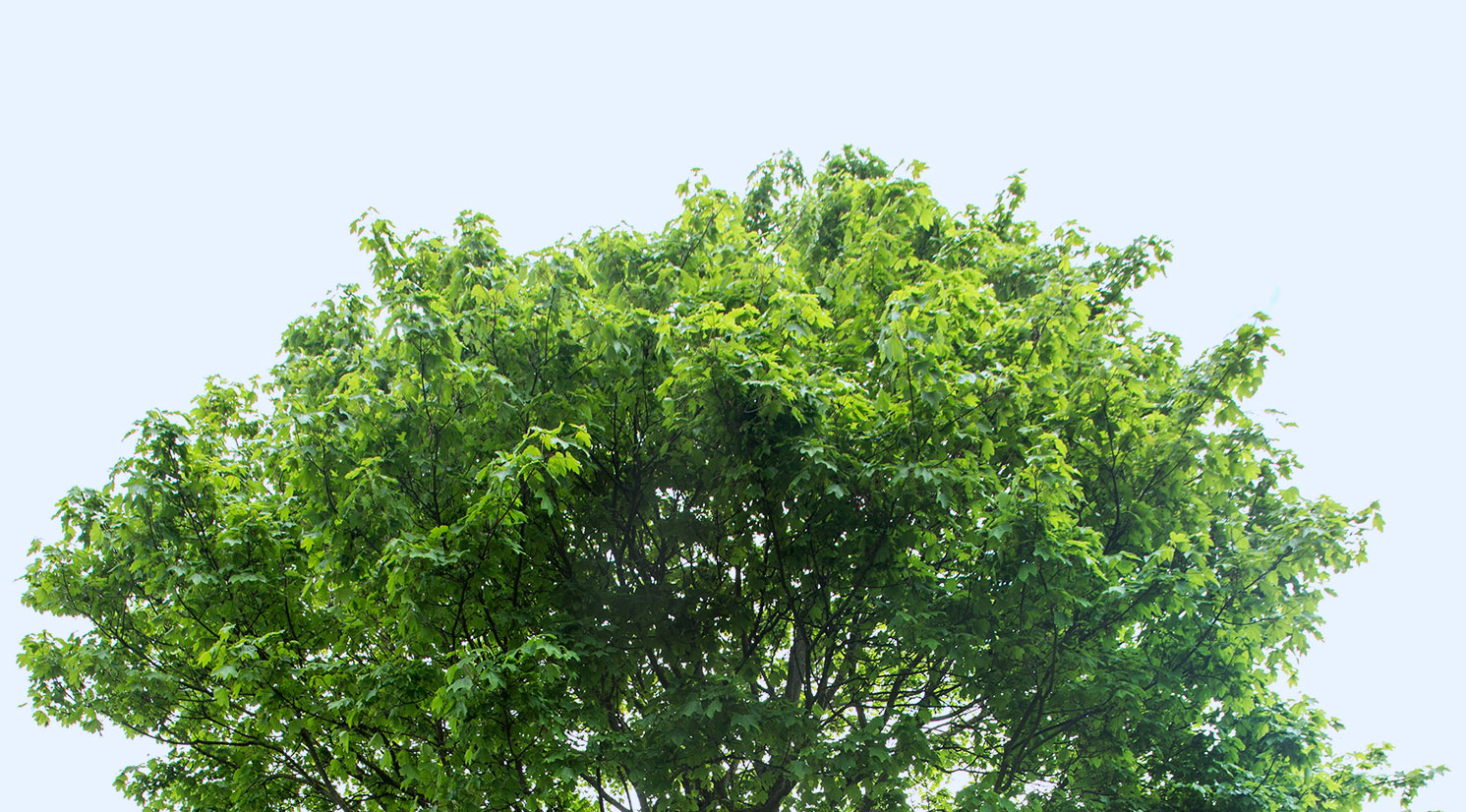Written by Doug Berube, Senior Field Biologist
“The hum of the bees is the voice of the garden” -Elizabeth Lawrence
The Arboretum has created an abundant amount of native pollinator habitats in the form of gardens and prairies. One of the habitat goals is to support native bees. You will witness honey bees on grounds, but The Arboretum doesn’t actively keep hives on our property. The reason being, honey bees are classified as livestock by the U.S. Department of Agriculture and The Arboretum doesn't keep livestock on the grounds.
My office at The Arboretum is most enjoyable because of the changing of plants, colors and species of wildlife. There are specialty bees that emerge when their host plant is in bloom. The generalist bees are not very particular and are associated with many plant species, like small carpenter bees that pollinate different flowers all season long.
The seasonality of bees and flowering plants have been on a parallel evolutionary trajectory for hundreds of years and even some from the end of the last Ice Age. This is called a mutualistic relationship. These organisms (bees and plants) have worked together, each benefiting from the relationship. At Dawes, we study general principles that apply to the interrelationships of different organisms with each other and their environment. This data collected helps us understand population complexities and the effect of climate change.
The United States Geological Survey (USGS) reports 75% of North American plant species require an insect, mostly bees, to pollinate them in order to reproduce. The USGS states that 20-40% of native plant species or genus require a pollen specialist. They continue to state that for almost all crops, the native bees is the primary pollinator.
The native plant areas here at Dawes are seasonal ecosystems. The Woodland Garden and the Eastside Woodland trail system are the places to see the spring flowers. This is also where you might see queen bumblebees looking for the “perfect” nest location. The Red Barn Reserve, Dutch Fork Wetlands and the Oak Savanna are the places to see late spring, early summer native wildflowers with the native bees emerging with the flowers blooming. There is a newly restored 13-acre prairie to visit that was once an old farm field located across from the Kentucky coffee trees on the main grounds. This new habitat has created an ecosystem for pollinators, in particular the native bees.
We would like to invite you to see these wonderful native areas and gardens. If you have already visited this year, please come out again because the floral sightings are always changing!

